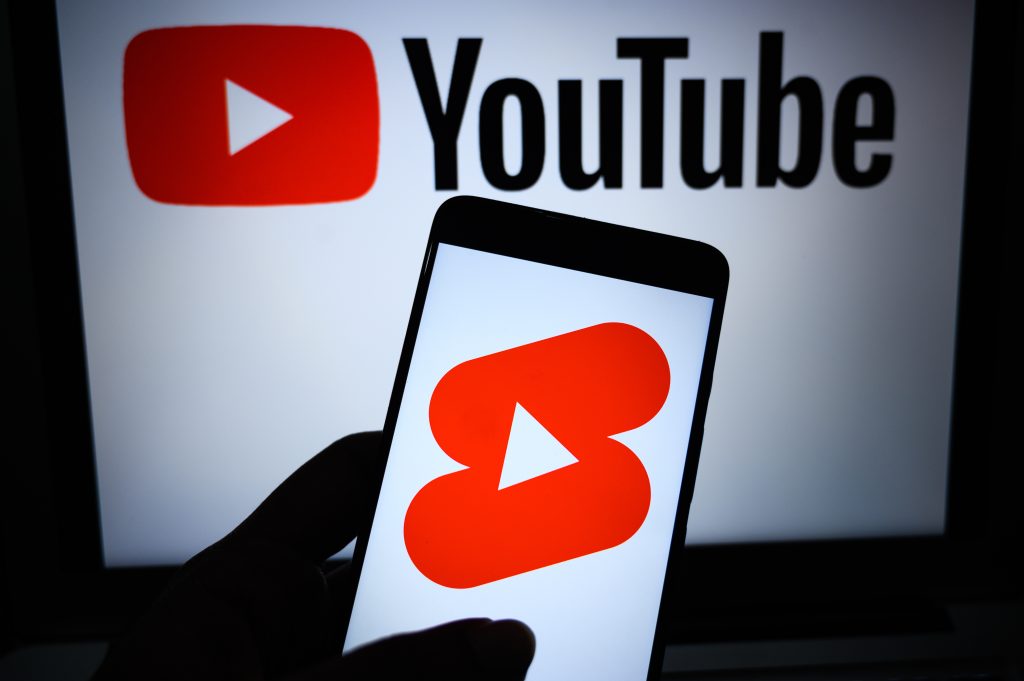
YouTube is unveiling new tools to help creators manage their manage AI-generated content of their faces and voices, all while making sure that protected content IDs align with control and protection should go hand in hand with increased creative expression on the platform.
What is YouTube Content ID?
The first tool is called Content ID for synthetic singing integrated into YouTube’s Content ID system. Synthetic voice detection will automatically find and manage for rightsholders those AI-generated content that used their singing voices. According to YouTube, a pilot of this technology is expected early next year.
Using a database of audio and visual files submitted by copyright owners, Content ID identifies matches of copyright-protected content. When a video is uploaded to YouTube, it’s automatically scanned by Content ID. In case of matching content, the video will get a Content ID claim, involving various actions, such as blocking or tracking. The tool can also be used as an AI for content moderation on the platform, ensuring that protected content IDs are maintained.
Amjad Hanif, YouTube’s vice president of creator products, emphasized this new capability, stating, “Our goal is to make sure our creators and partners thrive in this evolving landscape by arming them with tools to harness AI creative potential while maintaining control over how their likeness is represented.”
Can YouTube Detect AI-Generated Content?
Additionally, YouTube is establishing a technology allowing people from various industries, such as creators, actors, musicians, and athletes to have control over AI content for creators that uses their faces, along with some privacy updates, strengthening the system related to AI generated content on YouTube.
It is worth mentioning that the Google-owned company has ever since worked hard to address rights management challenges. Since its launch in 2007, the Content ID system on YouTube has given rightsholders worldwide a high level of control over the processing of billions of claims annually. It also brings millions of dollars to creators in extra revenue through reused content monetization. And with its latest AI-tools for content creators, YouTube wants to take that same level of control and protection into the age of AI-created content.
YouTube has also emphasized that it is committed to keeping content protected from unauthorized access. The company takes up content uploaded to YouTube for machine learning and AI applications in improving platform experiences of both creators and viewers and does so within the terms agreed upon by creators. That includes improving Trust & Safety operations, refining recommendation systems, and developing new generative AI content generator for YouTube such as auto-dubbing.
For extra layer of security, the streaming company is working on new ways to give creators more control over how third-party companies may use their content to develop AI tools. It will share details on this later this year, but its aim is to make sure creators have more choice around how their work is used by others, further highlighting the importance of protected content IDs.
Being mindful of risks associated with AI content, YouTube has built safeguards into its AI tools for content creators to avoid misuse and even block the attempts that could lead to breaching of the policies. It emphasizes the collaboration with creators in a way that supports creativity and not replaces it, stating, “We believe AI should enhance human creativity, not replace it.”
Inside Telecom provides you with an extensive list of content covering all aspects of the tech industry. Keep an eye on our Tech sections to stay informed and up-to-date with our daily articles.